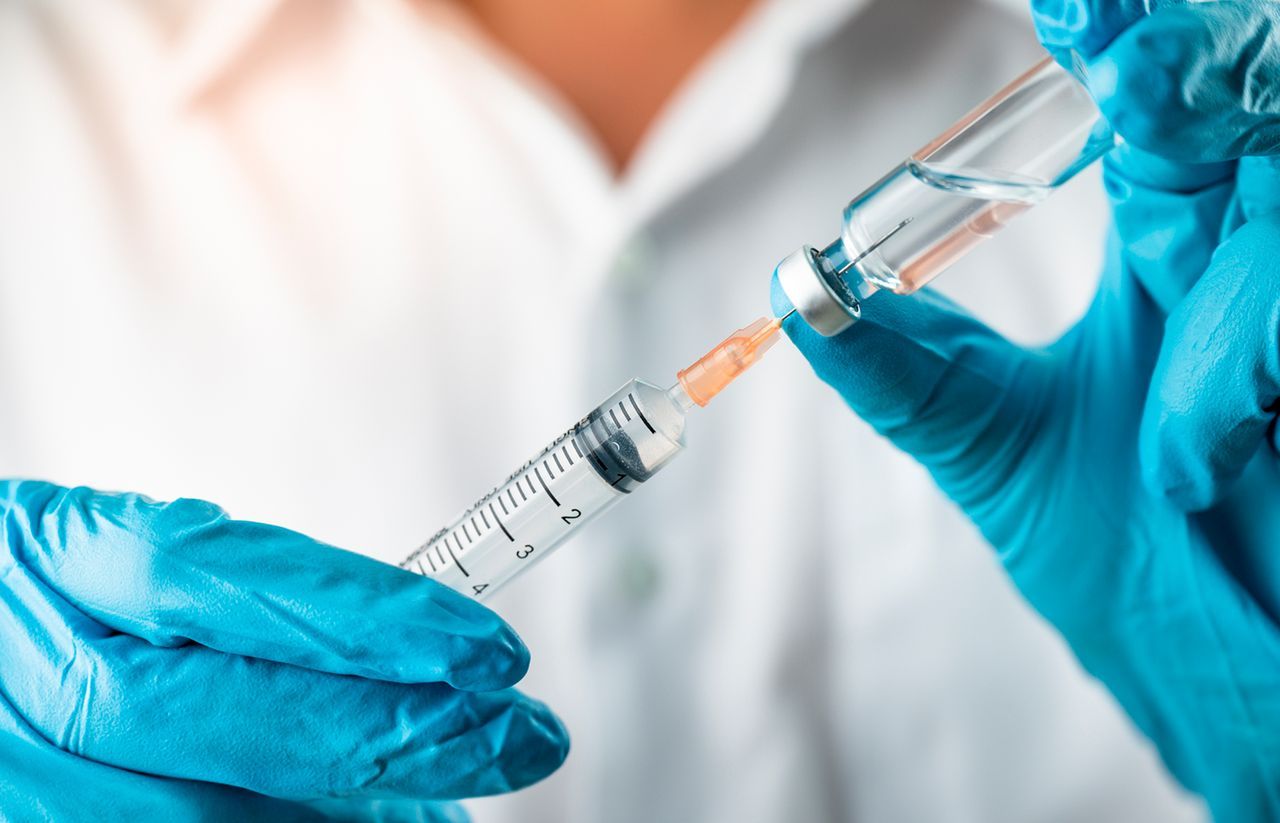The government must work double time to start its vaccination campaign to the general population for us to get back with our lives in the fastest time possible.
:In a couple of days, it would have been a year since the World Health Organization (WHO) declared COVID-19 as a pandemic. Since then, 10 vaccines have been approved for use in countries worldwide.
WHILE first-world countries like the US and UK have already rolled out their vaccination programs to their general population, some Southeast Asian countries like the Philippines have yet to start mass vaccination.
With COVID-19 cases continuously rising, the need for vaccination becomes even more urgent.
While multiple laboratories have put vaccines out on the market, the ordinary citizens of many mostly developing Asian countries have yet to be given a dose.
As it is, vaccines are only deemed effective if people are actually vaccinated.
In a couple of days, it would have been a year since the World Health Organization (WHO) declared COVID-19 as a pandemic. Since then, 10 vaccines have been approved for use in countries worldwide.
While the likes of the US, UK, and the rest of the European Union will most likely be able to achieve rapid vaccination by the fourth quarter of 2021, Asian countries may not be as fortunate.
In fact, there have been projections stating that widespread vaccine access may be delayed until 2024 for middle and low-income countries.
Most Asian states have not started vaccinating their people, due to limited manufacturing capabilities, logistical challenges, and for some, even lack of budget.
The slow vaccination plans in these countries threaten the early successes of the vaccination process of other countries.
Last February 28, the Philippines received its first batch of Sinovac vaccines from China.
It paved the way for the start of the country’s nationwide inoculation campaign, one of the last to begin in Southeast Asia.
Some 600,000 doses of the vaccine were sent by the Chinese government, with the Food and Drug Administration (FDA) issuing an emergency use authorization (EUA) for it.
After initial hesitance, health workers in many parts of the country have changed their minds and are now willing to take the shots, which is good for the country’s vaccine drive.
While there are scheduled deliveries of at least 5.6m doses of the Sinovac and AstraZeneca vaccines in the first quarter of 2021, the supply is still scarce and would only cover less than 2% of the population.
On top of this, it would most likely be difficult for ordinary citizens to avail of the vaccine right away as the rollout prioritizes healthcare workers and some top officials who serve as the poster boys of the campaign.
For now, the rest of the country would either have to wait for the vaccination plan of the national government to roll out, or wait for local government units to offer vaccination in their cities and municipalities, something that Manila City has already jumpstarted. (MO)
